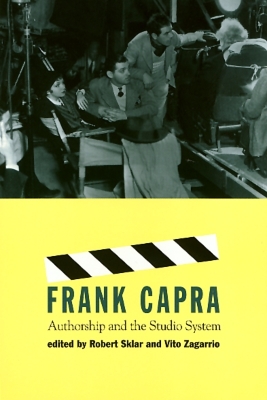Culture And The Moving Image
1 total work
Frank Capra's films have had a lasting impact on American culture. His powerful depiction of American values, myths, and ideals was central famous Hollywood films as It Happened One Night, Mr. Smith Goes to Washington, and It's a Wonderful Life. These pre-war films are remembered for their depiction of an individual's overcoming adversity, populist politics, and an unflappable optimist view of life. This collection of nine essays by leading international film historians analyzes Capra's filmmaking during his most prolific period, from 1928 to 1939, taking a closer look at the more complex aspects of his work. They trace his struggles for autonomy against Columbia Pictures head Harry Cohn, his reputation as an amateur, and the ways in which working within studio modes of production my have enhanced the director's strengths. The contributors also place their critiques within the context of the changing fortunes of the Hollywood studio system, the impact of the Depression, and Capra's working relationships with other studio staff and directors.
The contributors' access to nineteen newly restored Capra films made at Columbia during this period fills this collection with some of the most comprehensive critiques available on the director's early body of work.
The contributors' access to nineteen newly restored Capra films made at Columbia during this period fills this collection with some of the most comprehensive critiques available on the director's early body of work.
